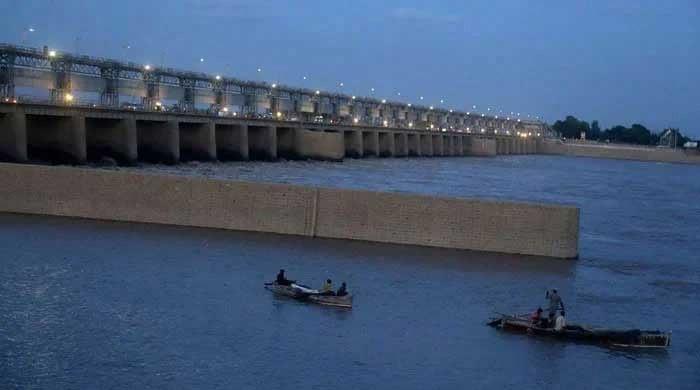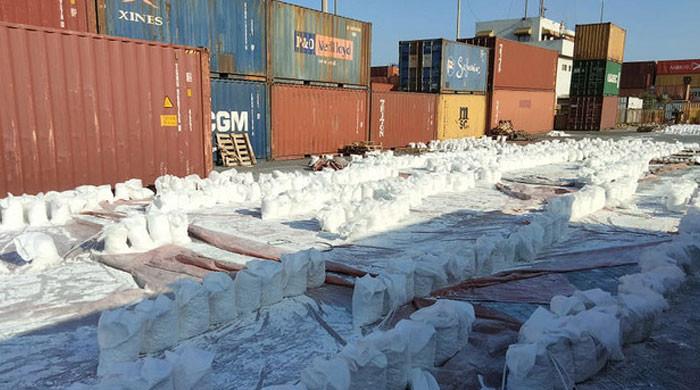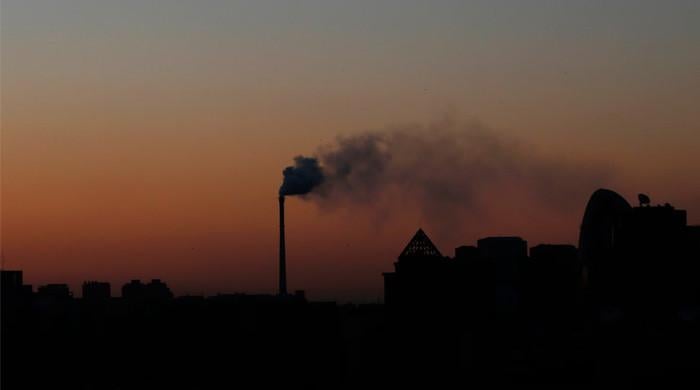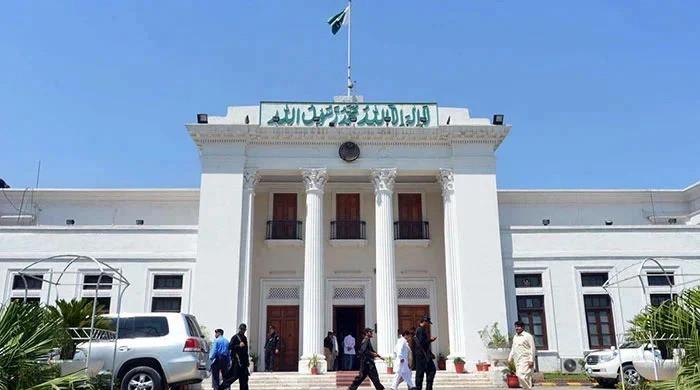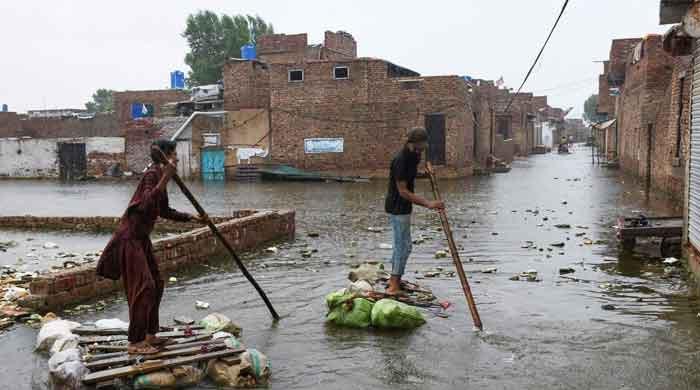Floods: Why Pakistan was caught unprepared
On national level, the NDMA seemed under-prepared to deal with this calamity of super floods, this does not speak highly of NDMA, writes Foqia Sadiq Khan
September 27, 2022

Now that the very immediate rescue phase of super devastating floods in Pakistan is dovetailing into the relief phase to move towards the rehabilitation side, it is prudent to take stock and assess the weaknesses and strengths of the system as it dealt with the natural calamity and also review best practices from other parts of the world to augment flood preparedness in the country.
First of all, it is amply clear that the sheer magnitude of the super floods in Pakistan from mid-June till late August this year has been exacerbated due to climate change-induced factors. One is not entirely sure how flood preparedness for a developing country like Pakistan could have been operationalized since the country received a four-fold increase in rainfall during this period than the average rainfall for this monsoon period over the decades.
Most of the flood preparedness material that I have seen is primarily focused on riverine floods. In Pakistan’s case, the melting of glaciers and riverine flooding first in Khyber Pakhtunkhwa and then to the Arabian Sea via the Indus river played a part in worsening the situation; however, floods have mainly been caused in Balochistan, Sindh, and southern Punjab due to highly excessive climate-change induced rainfall. How to deal with it rather than the standard riverine floods?
On the national level, the National Disaster Management Authority (NDMA) seemed under-prepared to deal with this calamity of super floods. This does not speak highly of the NDMA given the fact that Pakistan experienced floods in 2010 and in the aftermath and so it should have been better prepared in 2022.
However, the real reason why floods in Pakistan were ignored by decision-makers is the continued political instability in Pakistan. The new Pakistan Democratic Movement (PDM) came into office in April this year after a successful vote of no-confidence was passed against former prime minister Imran Khan. However, the ousted political party, the Pakistan Tehreek-e-Insaf (PTI) did not accept this change and has been in agitation mode against this change in government since its ouster. The government in power is busy wading its survival through this turbulent phase.
Due to this never-ending infighting by the Pakistani elite, as it has been pointed out many times in these pages in the past, the sitting government has not been able to focus on governance and people’s welfare. It is too tied up in attempts to survive another day.
Massive rains in southern Pakistan started in mid-June and the federal government only took effective notice of it towards the end of August when one-third of Pakistan was already under water with 33 million citizens affected, 45 per cent of cropland having been washed away, more than 1300 people dead, around 560,000 houses destroyed, another 1.2 million houses damaged, and 5,700 kilometres of roads damaged, as well as 750,000 livestock dead amongst many other losses.
Since the sitting federal government has been dealing with political instability since April 2022; it could not focus on flooding as it should have from mid-June onwards. The media is also obsessed with covering mostly petty politics due to this political instability instead of focusing on the human and economic devastation wrought by the super floods in Pakistan.
Now that Pakistan has successfully presented its case for climate justice at international forums to get debt relief so that it can feed and rehabilitate 33 million of its citizens; it is time to transform the rhetoric of the international community into debt relief and grants provision.
The UN Climate Summit COP27 is going to take place in another six weeks. Pakistan had better make a strong case for climate change-related reparations (call it climate justice or climate compensation if the word reparations rings an alarm bell in certain quarters) to demand damage done to lives, livelihoods and infrastructure that needs to be repaired and rebuilt.
It is also time for Pakistan to invest in better flood and disaster preparedness. There is an opportunity to build climate change-resistant infrastructure and housing so that millions are not displaced if, God forbid, floods strike Pakistan again.
A massive window has opened to use green technologies and climate change-resistant materials while building back homes and infrastructure during the rehabilitation phase. The initial loss estimate is over $30 billion. Once Pakistan has raised enough money through its successful advocacy at the international forums, it needs to be forward-looking in its approach to better protect its citizens against future disasters.
There is also a need to work on the human aspects of the disaster and to privilege the needs of pregnant women, vulnerable children and the elderly, the disabled and minority communities.
Children’s education has been severely undermined in the floods-affected one-third of Pakistan; it would take years if not decades to overcome this jolt of education in Pakistan.
The government should do all to deal with the spread of water-borne diseases in flood-affected areas and reduce the mortality and disease levels due to the secondary devastation caused by floods in the form of water-borne diseases. All efforts must be made to drain out water as quickly as possible.
In the UN’s and other literature on flood preparedness, there is mention of working on both structural and non-structural measures to augment response. Along with creating water reservoirs, there is a need to manage the wetlands and riverine belts by regularizing development and promoting flood preparedness-oriented growth of fauna and flora and disaster-resistant landscaping.
One of the recent issues of ‘The Economist’ has lavished praise on Bangladesh for its impressive flood preparedness from having operationalized early warning systems to having women-only shelters and encouraging climate change-resistant infrastructure development.
It is about time Pakistan learnt from the international best practices and emulated Bangladesh in its superb flood preparedness. During rehabilitation, flood-resistant infrastructure and joint ownership of both men and women of the recipient households should be promoted. As with everything else in Pakistan, it is not possible to govern better, plan and implement improved governance and citizens' welfare unless there is political stability in the country.
The media also needs to move beyond obsessing over petty politics and focus on the needs of one-third underwater Pakistan and its inhabitants.
The writer is an Islamabad-based social scientist. She can be reached at [email protected]
Originally published in The News





